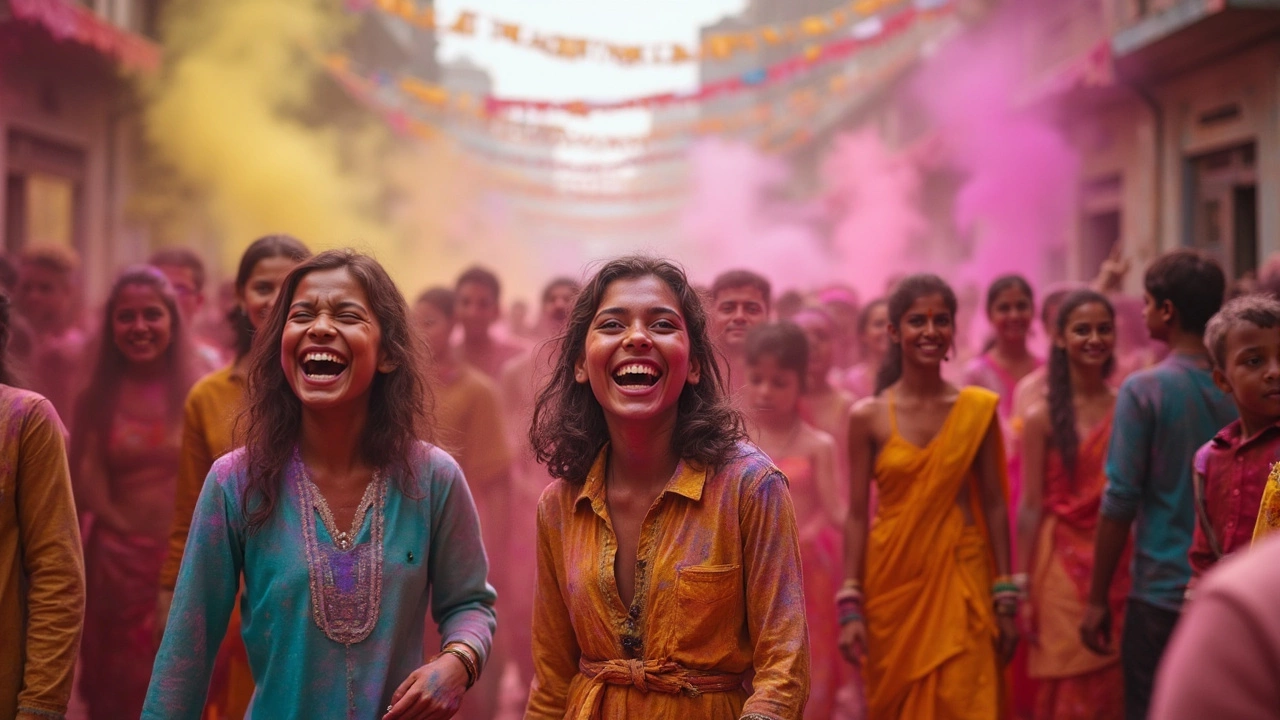SEARCH
Best Time to Visit North India
Thinking about a trip to the Himalayas, historic forts, or the bustling markets of Delhi? The right month can make the difference between a sweaty slog and a smooth adventure. Below you’ll find the months that give you pleasant weather, vibrant festivals and fewer crowds, plus a few practical pointers to get the most out of your journey.
Weather Overview by Month
North India has four clear seasons. From October to March the region stays cool to cold, which is perfect for trekking in the mountains and exploring heritage sites without sweating. October‑November offers pleasant day‑time temperatures (20‑25°C) and clear skies – ideal for Delhi, Jaipur and the Rajasthan desert. December‑January gets chilly, especially in higher spots like Shimla or Manali (down to 5°C), but the snow‑capped views are worth it. February‑early March warms up a bit, making it great for both hill stations and city tours. April‑June turns hot, especially in the plains where temperatures can cross 40°C, so it’s not the best window unless you love heat. July‑September brings monsoon rains, which are beautiful in the valleys but can cause travel delays.
Festivals and Events to Catch
North India loves to celebrate, and timing your visit with a festival adds color to any trip. Diwali (usually October or November) lights up every city with fireworks and markets; the atmosphere is electric. Holi in March turns the streets into a giant colour splash – great for photos and fun. Rann Utsav in Gujarat (late November to February) showcases desert culture. Pushkar Camel Fair in November brings a lively market and cultural shows. If you travel in December, you’ll catch the winter bazaars and festive lights in Delhi, while the snow festivals in Himachal draw adventure seekers.
Travel costs and crowds follow the same pattern. The peak season (Oct‑Mar) sees higher hotel rates and busier attractions, especially around major holidays. Booking a few weeks in advance can still land you decent deals. The shoulder months of late September and early April offer lower prices and fewer tourists, though the weather is a bit less predictable.
What to pack matters for comfort. For October‑March bring layers: a light jacket, sweater, and a warm coat for higher altitudes. Good walking shoes are a must for city walks and trekking. If you venture into the monsoon months, pack a waterproof jacket and quick‑dry clothing. Sunscreen and a hat are useful year‑round because the sun can be strong at high elevations.
Sample itinerary for a 10‑day trip in November could look like this: Delhi (2 days) → Agra (1 day) → Jaipur (2 days) → Pushkar (1 day) → Jodhpur (2 days) → Udaipur (2 days). This route hits the major Golden Triangle sites plus a desert town where you can join a camel safari during the Rann Utsav.
Finally, remember to check local COVID‑19 guidelines and weather alerts before you set off. A little research saves headaches and lets you enjoy the stunning forts, snowy peaks and lively festivals that make North India unforgettable.

Best Seasons and Months to Visit North India: Weather, Festivals, and Travel Tips
Looking for the best time to explore North India? Discover ideal seasons, local festivals, weather tips, and practical advice to plan your perfect North India trip.
Continue reading